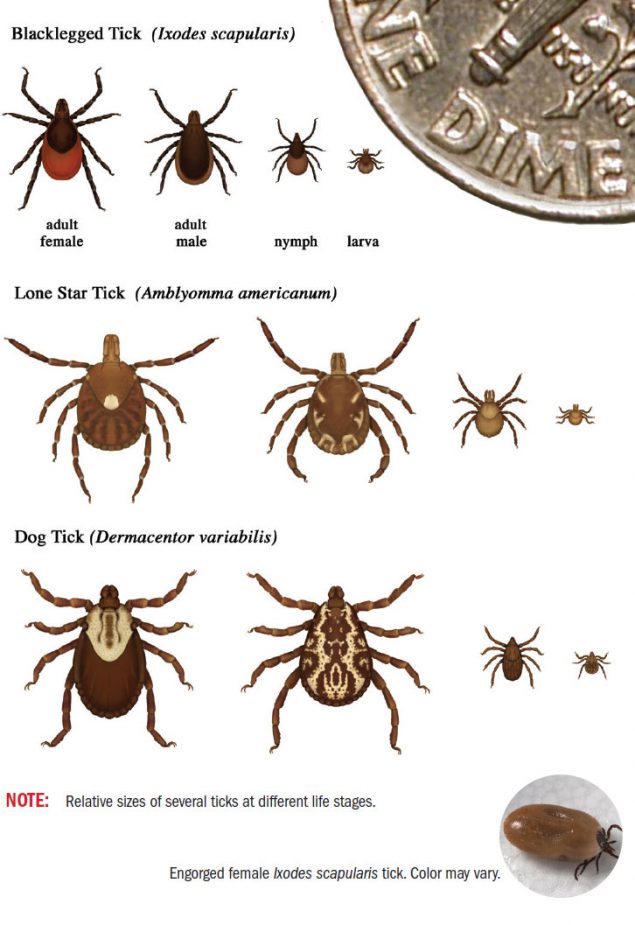
The best way to enjoy the Patapsco outdoors is to do so safely, so here are helpful tips for avoiding some of the most common risks in the valley.
Poison Ivy
If you frequent the outdoors, chances are you are familiar with poison ivy and other such plants. We are going to to lump in a couple plants in this section, as poison ivy, poison oak, and poison sumac all contain/release urushiol oil. This oil is the culprit behind all the terrible itching suffered by anyone unlucky enough to be allergic to the stuff. These three plants secrete the oil on their surface, so it will transfer to anything that brushes or breaks a plant. This interaction is what makes the allergic reaction tricky to prevent and even dangerous. Many people do not realize that even if the oil does not come in contact with their bare skin at first, they can still be at risk if it rub off onto clothing or other objects you will touch later. The oil can remain active on these objects for extended lengths of time, so to be sure they are clean you will have to wash them after any potential contact.
This brings us to one of the best methods for preventing poison ivy reactions: washing it off. While enjoying the Patapsco Valley, it can be almost impossible to identify each plant you come into contact with and avoid poison ivy. Luckily there is a short window before the oil takes effect and can be safely removed. If all of the urushiol oil is effectively washed off within several hours of the exposure, the allergic reaction (itching and rash) will not occur. This time period may vary from person to person, so it is best to wash as soon as possible if you believe you came into contact with poison ivy.
Washing tips:
– The sooner you wash the better, for the best chance of avoiding a reaction, wash
– Scrub exposed areas with lukewarm soap and water repeatedly. Scrubbing too hard can be abrasive to your skin, but be sure to be thorough.
– It is important to make contact while scrubbing, and using a wash cloth is helpful.
– Most soaps will be effective in removing the oil, although some are specifically made for this task, such as Tecnu.
– Even after washing all affected areas, it is key to clean other surfaces that may hold oil as well, such as underneath fingernails, clothing or backpacks.
Sun Exposure
One of the easiest traps to fall into, especially in the warmer months, is not accounting for sun exposure. It is easy to underestimate how much sun you will get whether its on a cloudy day or if you assume you will spend most of your time under the shade of trees. Shade and clouds will not always save you from sunburn, and sun exposure adds up over the years we spend outdoors increasing your risk for skin cancer. It is important to take a little time now and help prevent this with some sunscreen and planning ahead.
Sunscreen is the best method for limiting UV exposure, but clothing can be effective as well. If you know you will be outside for extended periods of time, especially if you will be in the water, consider wearing long sleeves to help cover your arms and shoulders better. A hat also helps keep the sun off, particularly with your face and ears.
While we are on the topic, lets make sure to use sunscreen that is not only healthy for us, but for our Patapsco River and Chesapeake Bay as well! Here is a list of several sunscreens that are environmentally friendly:
- Badger Sport Sunscreen Cream- SPF 35
- Kiss My Face Natural Mineral Sunscreen-SPF 30
- All Terrain Aquasport Sunscreen-SPF 30
Check out this other post for more information on Eco-Friendly suncreens:
https://www.oars.com/blog/the-best-eco-friendly-sunscreens/Ticks
Ticks are one of the least popular residents of the Patapsco Valley, and there is no way around it: they suck. Crawling up your leg while you are trying to enjoy our favorite river and sucking blood are the least of their transgressions, so here are some tips to keep you safe and educated on these little suckers.
Primary local ticks:
- Dog Ticks- These are generally the largest of ticks in our area, and while that doesn’t sound appealing, it makes finding them and removing them much easier. Dog ticks also transmit fewer diseases making them less of a threat in that category.
- Deer Ticks (Backlegged Tick)- Some of the smallest ticks in the Patapsco area, these pose a greater threat than dog ticks simply because they can be very difficult to find. They are also notorious for transmitting lyme disease.
- Lone Star Ticks- Easily identified by the white circle on their back, this tick is relatively new to Maryland and poses a new threat to people in the area. The lone star tick is known to transmit the Alpha-gal allergy, giving those affected an adverse reaction to any type of red meat. While not everyone eats red meat, this would be quite a blow to a lot of us!
Tick Size Comparison:

Tick Bite Prevention:
So far it has been all doom and gloom, but luckily there is good news. With proper care and awareness tick bites and the diseases they carry can be prevented!
We are potentially exposed to ticks in almost any outdoor setting, although some areas are much more common for ticks such as fields of tall grass and wooded areas. Whenever you spend time in areas like these it is good practice to check yourself for ticks after you leave. Most disease transmission requires the tick bite to last over 24 hours, so there is a window to remove ticks without contracting a disease but it is key to do so as soon as possible. It may be more feasible to wait until you return home, but a full body check is important because ticks may be difficult to notice.
If you find a tick that is crawling on your skin or clothes, it is safe to remove with fingers or a nearby object. Ticks should be disposed of by either being flushed or placed in alcohol. Do not attempt to crush a tick with your fingers, it will not kill the tick.
Once a tick has latched to your skin removal is a little trickier, but still doable. Using a pair of tweezers firmly grip the tick at the base just above your skin and pull directly away from the point of the bite. Twisting pulling the tick from other spots can leave the mouth/head attached.
If you notice any symptoms from a tick bite such as a rash, swelling or otherwise, it is a good idea to talk to a doctor more about testing and potential treatment.
One option for those of us who love the outdoors and know they will be frequently exposed to bites is permetherin treatment for clothes. Permetherin is a chemical treatment that can be applied to clothing to repel ticks, and usually remains effective on the clothing for several months. Users can purchase the product and apply it to their own clothing or look for things that come pre-treated.
For more information on ticks, check out the Center for Disease Control’s website on them:
https://www.cdc.gov/ticks/index.html
Highlighted Trail: Sawmill Branch Trail
The Sawmill Branch Trail connects the Hilltop Parking Area to the Grist Mill Trail, and several others along the way. This trail begins rather easy, but soon heads downhill and begins to get very technical. While the trail only has one area with significant change in elevation, the majority follows short rises and falls along the ridge of a small stream. The trail often encounters sizable obstacles such as downed trees, as well as smaller examples of rocks and roots. Some sections require a minor rock scramble to pass.
Alongside the trail to the east runs the Sawmill Branch, a small stream with a rocky bed. The large rock slabs along the creek allow for easy access swimming areas, scenic views, and the occasional waterfall.
Along this trail you will encounter sections of tall grass, rocks, sunny swimming spots and potentially poison ivy, but now you are prepared to handle these risks and enjoy the Patapsco safely!
